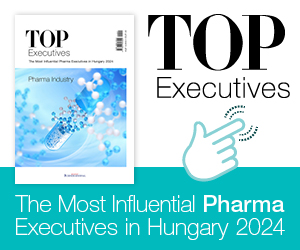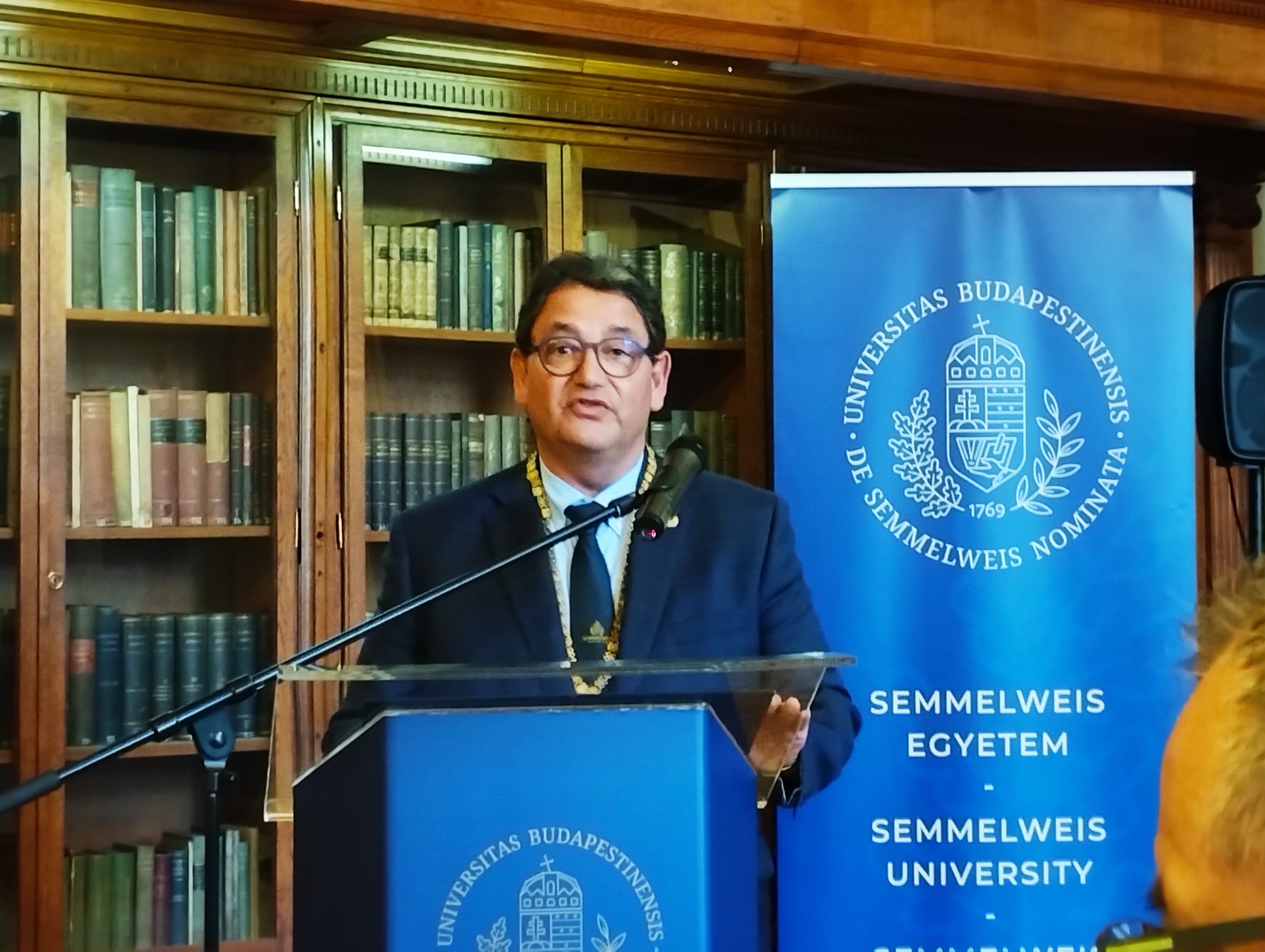HCEMM: Making an Aging Society Work

Dr. Christoph W. Sensen
Technological developments over the past two centuries have fundamentally transformed our relationship to health, disease and death. It is imperative that we integrate these changes as we plan for the future if we are to keep healthcare sustainable and effective.
For much of recorded history, life expectancy at birth hovered around 30 years. It would be tempting to compare that number to the modern global life expectancy of 72 years, but it is also quite deceiving. Historically, infant mortality had a profound impact on life expectancy since a significant number of children, nearly half of all live births, did not survive to adulthood.
In recent times, medical discoveries and inventions have slashed infant mortality rates to a tenth of their former value globally and by yet another order of magnitude in developed countries specifically. Modern infant mortality has little impact on life expectancy.
Looking at early adulthood rather than birth (how many years one has to live after having navigated the perils of childhood) is much more informative, and its perspective is not any less impressive. From classical Rome to medieval Europe, life expectancy at 25 seems to have been around 25 years. In other words, someone who survived into adulthood could look forward to a total lifespan of around 50 years, give or take, of course.
That is a number we can put next to current life expectancy values, which are 72 globally and 75 years in upper-middle-income countries. The average of 25 extra years of life that science has won us is a mind-boggling increase. The trend is not stopping, either; since 2000, life expectancy has risen five years, mostly fueled by greater numbers of people living into more advanced ages.
Learn, we Must
There is a catch, though. Living longer and being in good health longer are not necessarily connected. In the same time life expectancy took to rise five years, healthy life expectancy, the span of time we spend mostly free of disease, rose by only one, mainly because we are still learning to tackle age-related disease. There should be no surprise there: in terms of disease burden, these only took the lead in the late 1990s. But learn, we must: age-related disease puts an enormous strain on society.
When the first comprehensive social security program was launched in 1883 in Germany, there were roughly 10 working-age people for every elderly person, and the retirement age (initially 70, later 65 years) was well above the approximately 60 years an adult was expected to reach. Back then, people would consider themselves lucky if they survived until retirement. Today, they plan the things they will do after they retire, and with every passing year, Europe inches closer to each elderly person having only three working-age adults to rely on.
With the average lifespan moving farther ahead of healthy life expectancy, there comes an increase in per capita medical expenditure, which has, for the past few decades, increased by an average of more than USD 4,500 in the EU (at 2017 prices).
Clearly, the combined effect of these trends is highly problematic: experts of the Stanford Institute for Economics Policy Research have predicted that a 10% percent increase in the fraction of the population aged 60 or older will decrease per capita GDP by 5.7%.
Until recently, it looked like a head-on collision of economy and the realities of human biology was inevitable. Fortunately, our understanding of aging has gradually transformed in the past few decades, and it appears that molecular biology has the potential to offer a much-needed helping hand.
Leaps of Progress
In some of the most prevalent age-related diseases, leaps of progress have been made: since the 1970s, the overall five-year cancer survival rate has increased from 49% to 68%, with several impressive success stories. A salient example would be Melanoma, where the five-year survival rate of metastatic disease (accounting for both regional and distant metastases) has increased tenfold since the 1970s to around 50%. But this is only the beginning.
Increasingly, medical research investigates aging as a complex medical issue underlying several superficially unrelated conditions such as cardiovascular disease, cancer or dementia. Institutes such as the Hungarian Centre of Excellence for Molecular Medicine (HCEMM) have been established to do away with the practice of handling these conditions as isolated problems and address them as the interconnected phenomena they are.
In Hungary, HCEMM has become a prominent player. Its development is part of a global trend; the yearly number of publications concerning age-related diseases increased about twofold between 1980 and 2000 but fivefold between 2000 and 2020.
Since new drug development is proverbially slow, it might seem like the fruits of this research are still years in the future, but that avenue is only one part of the effort. Since existing therapies are often very effective if age-related disease is diagnosed early and accurately, developing and refining diagnostic approaches is just as important as finding new therapies and is more readily commercialized.
Of course, society only profits from medical developments that are actually available for use, prompting a need for institutions that shepherd new inventions towards application, uniting cross-disciplinary basic research, support for clinical trials and a focus on bench-to-bedside tech transfer.
WHAT IS HCEMM?
The Hungarian Centre of Excellence for Molecular Medicine (HCEMM) is a distributed Institute whose scientists develop advanced diagnostics and treatment options to support healthy aging. Currently, the HCEMM Program is funded by an H2020 Teaming Grant, where Semmelweis University, the University of Szeged and the Biological Research Centre in Szeged cooperate with their advanced partner EMBL (with headquarters in Heidelberg) and a Thematic Excellence award, as well as a National Laboratory award, from the Hungarian Government. The various activities are coordinated by HCEMM Kft., with headquarters in Szeged. HCEMM works at the interface of academic and industrial research on topics related to translational medicine. The goal is to improve the quality of life for an aging Hungarian population while at the same time lowering the cost of healthcare provision through novel applications in molecular medicine. The author is the director general and CEO of HCEMM Kft.


This article was first published in the Budapest Business Journal print issue of May 31, 2024.
SUPPORT THE BUDAPEST BUSINESS JOURNAL
Producing journalism that is worthy of the name is a costly business. For 27 years, the publishers, editors and reporters of the Budapest Business Journal have striven to bring you business news that works, information that you can trust, that is factual, accurate and presented without fear or favor.
Newspaper organizations across the globe have struggled to find a business model that allows them to continue to excel, without compromising their ability to perform. Most recently, some have experimented with the idea of involving their most important stakeholders, their readers.
We would like to offer that same opportunity to our readers. We would like to invite you to help us deliver the quality business journalism you require. Hit our Support the BBJ button and you can choose the how much and how often you send us your contributions.










